'Princely' tomb of Hun warrior unearthed in Romania
The remains of a "princely" tomb, possibly from a Hunnic warrior, have been found during motorway construction in Romania.
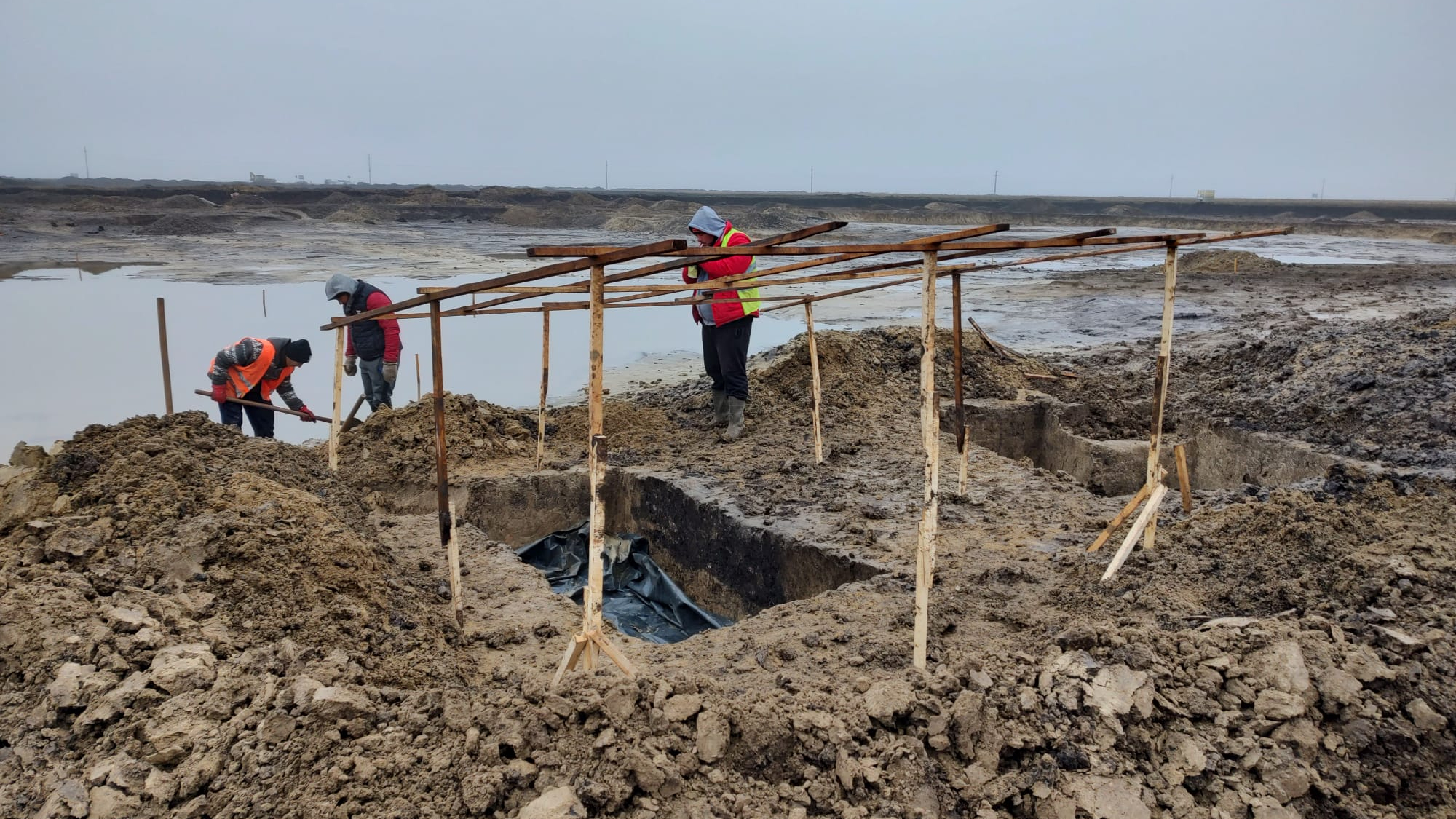
Workers building a new highway in Romania have unearthed the treasure-laden tomb of a wealthy warrior and his horse. The tomb dates to the fifth century A.D., when the region was controlled by a people known as the Huns.
The tomb is filled with more than 100 artifacts, including weapons, gold-covered objects and pieces of gold jewelry inlaid with gemstones, Silviu Ene of the Vasile Pârvan Institute of Archeology in Bucharest, Romania, told Live Science.
Ene is the lead archaeologist investigating the tomb, which was discovered late last year during the construction of a motorway near the town of Mizil in the southeast of Romania, about 140 miles (220 kilometers) from the Black Sea.
Four separate archaeological sites were unearthed during the road construction, and the wealthy warrior's tomb — which the researchers described as "princely" — was just a part of the most complex site, Ene said.
"This tomb is of major importance because, in addition to the rich inventory, it was discovered at a site along with 900 other archaeological features — [such as] pits, dwellings, and tombs," he told Live Science in an email.
Related: Where is Attila the Hun's tomb?
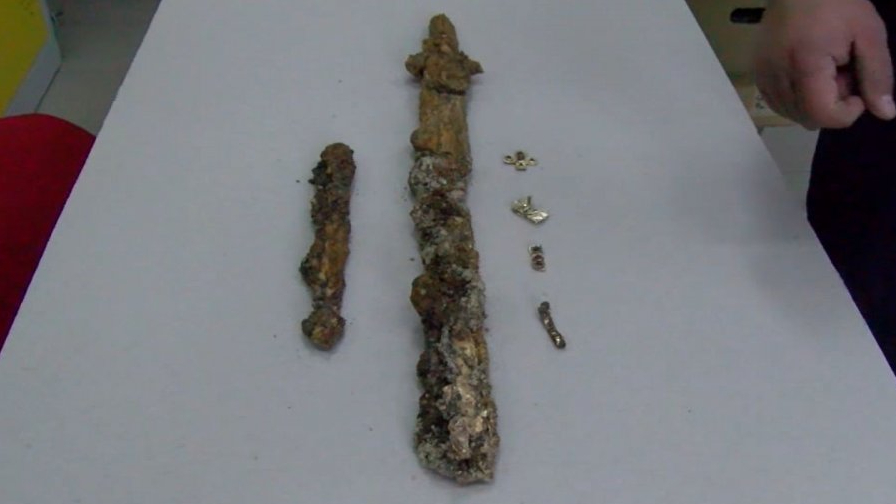
Invading Huns
The ethnicity of the Mizil warrior still isn't known, but the rich grave goods suggest that he belonged to the ruling class in the region's Hunnic period, or "migration era," when it was controlled by the Huns, Ene and his colleagues told the news outlet Hungary Posts English.
Sign up for the Live Science daily newsletter now
Get the world’s most fascinating discoveries delivered straight to your inbox.
The Huns were nomadic horsemen who originated in Central Asia. During the fourth and fifth centuries A.D. they invaded and occupied the far east of Europe, while displacing other peoples — such as the Vandals and the Goths — from their lands, causing them to migrate west.
The Huns were a particular problem for the Byzantine (or Eastern) Roman Empire, which until that time had controlled much of the lands west of the Black Sea — a region that now includes Romania.
But the Romans lost the region to the Huns, who went on to invade the Western Roman province of Gaul (modern France and western Germany) and even to attack Rome under their leader Attila the Hun, before losing their territory in Europe to a mixed force of Goths and other Germanic former vassals at the Battle of Nedao — a site now in Croatia — in A.D. 454.
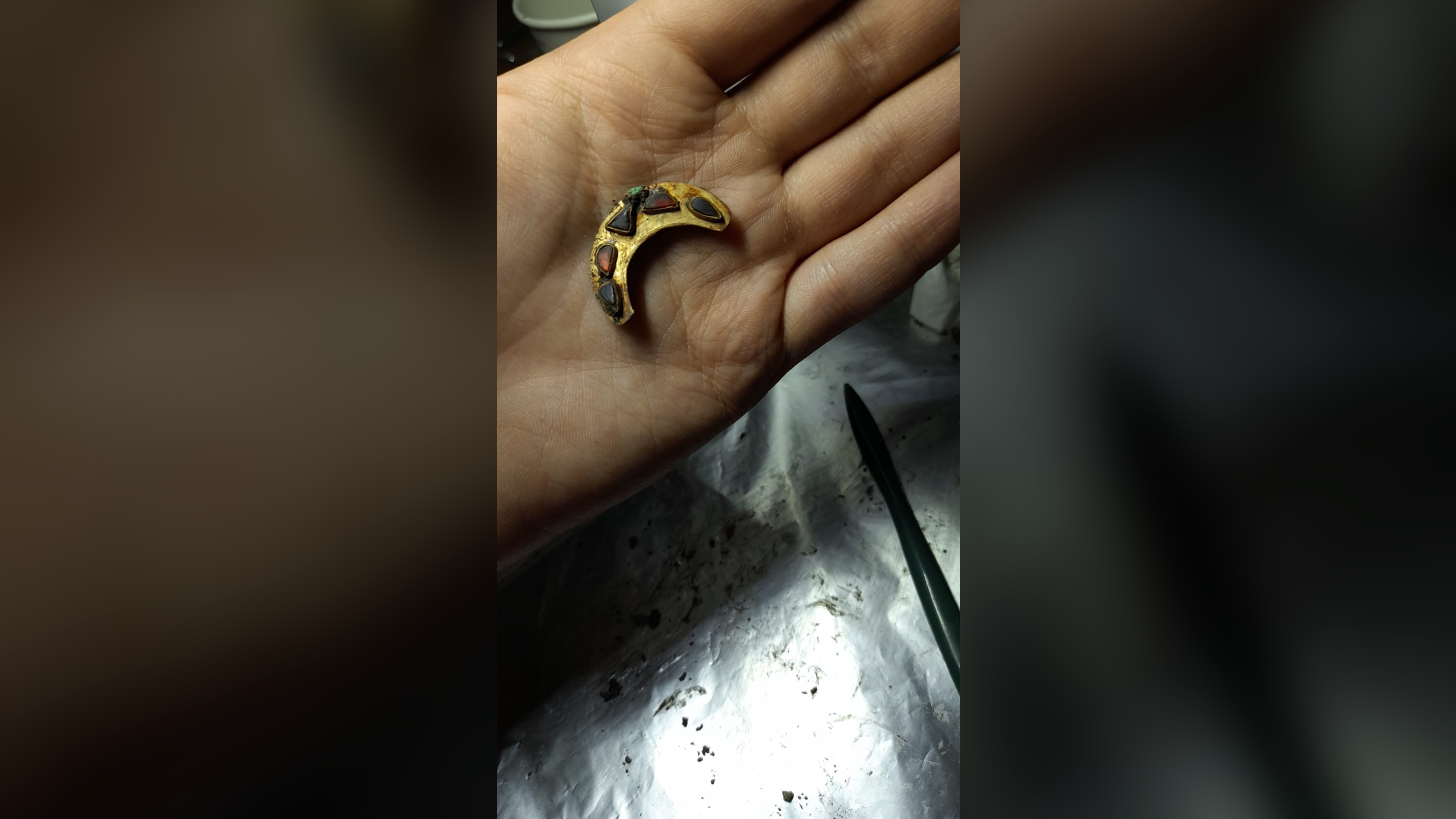
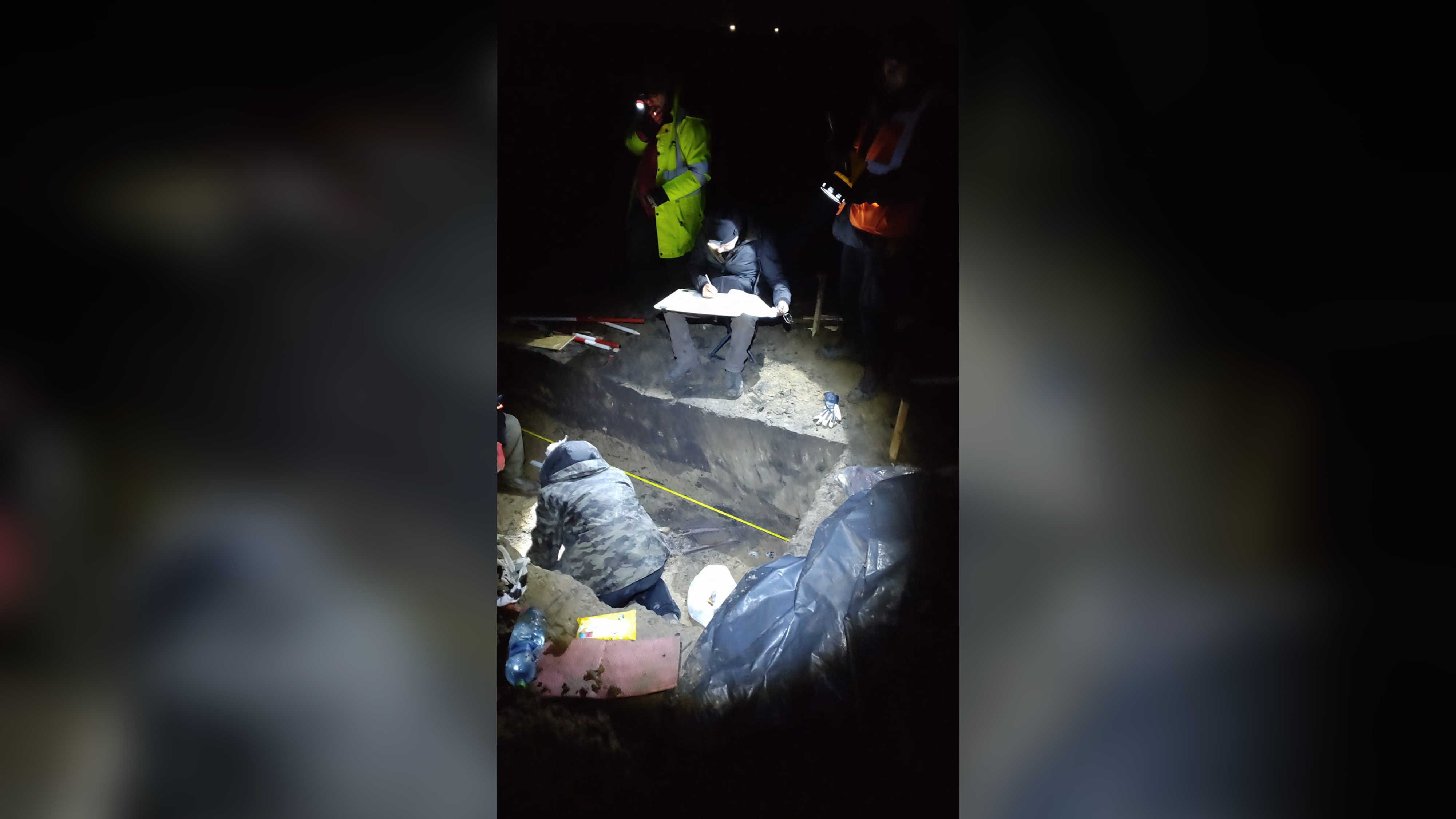
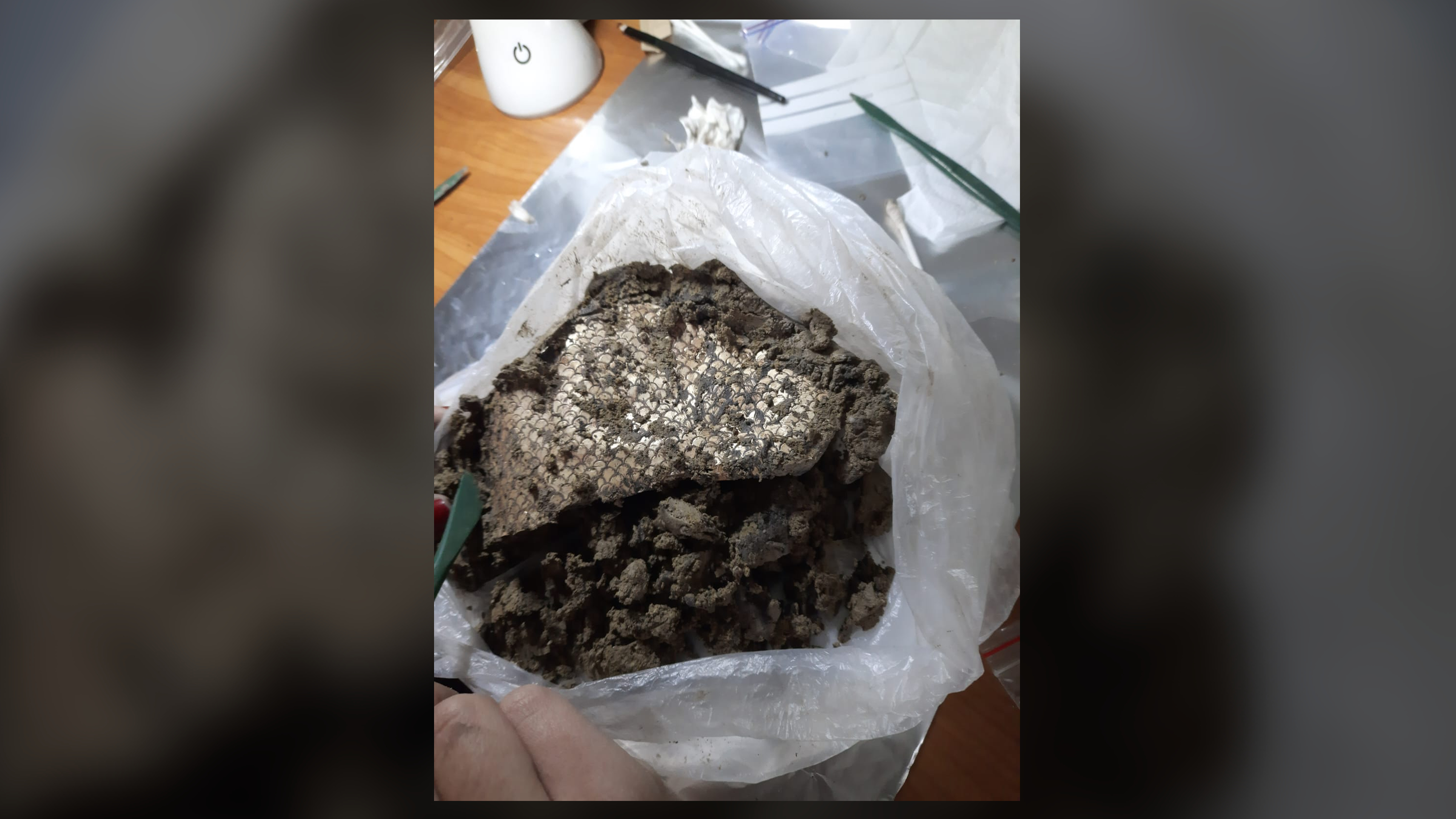
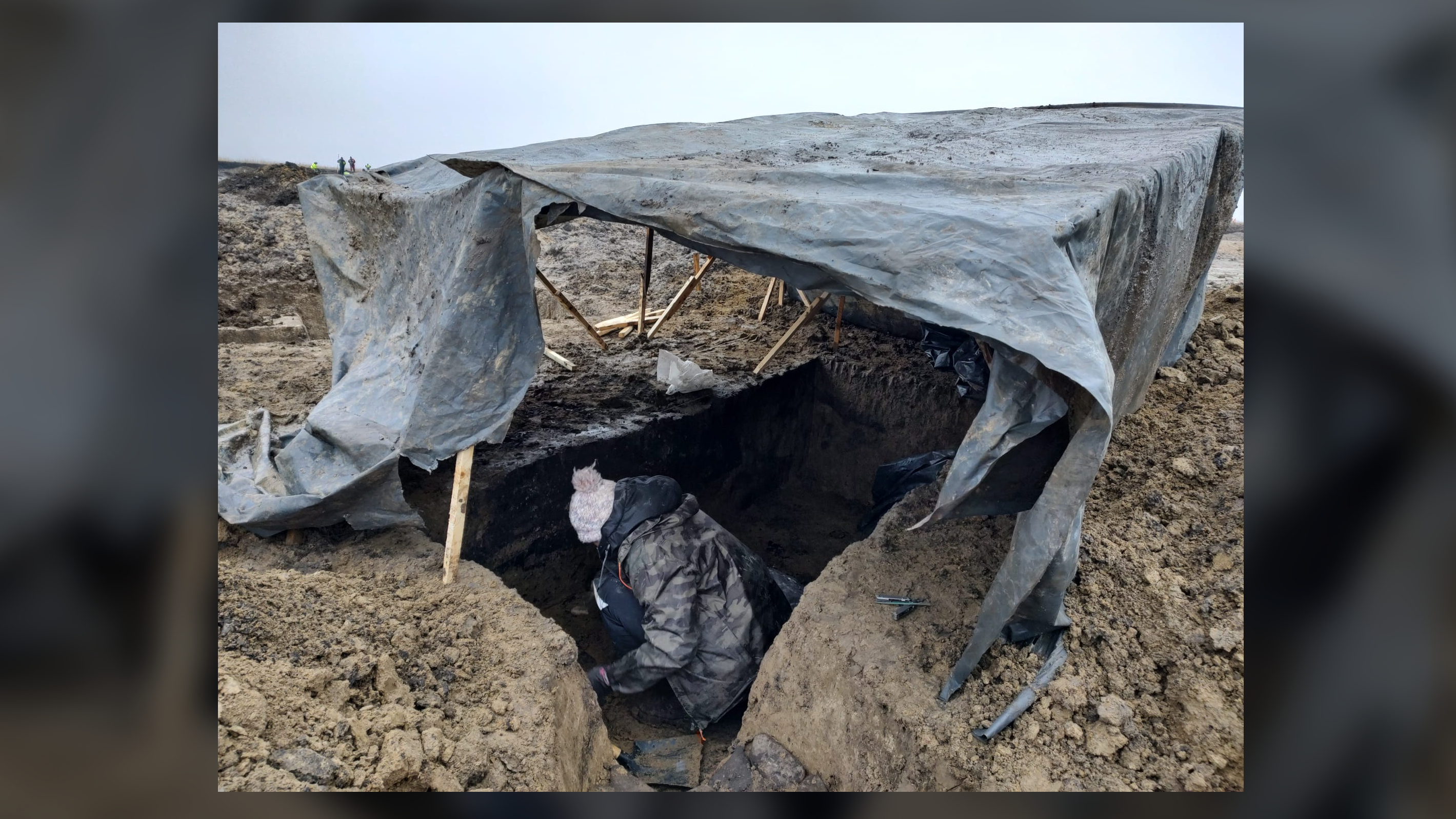
Princely tomb
The latest archaeological finds at the Mizil tomb included an iron sword in a gilded scabbard, a dagger, bundles of iron arrowheads and decorated braces of bone that were once fitted to a wooden bow, Ene said.
The dagger is especially ornate, with a gold-covered hilt inlaid with gemstones, he noted.
Archaeologists also unearthed the remains of a gilded saddle, a bronze cauldron, several decorated "sconces" — fittings to hold candles on a wall — and pieces of gold jewelry, he said.
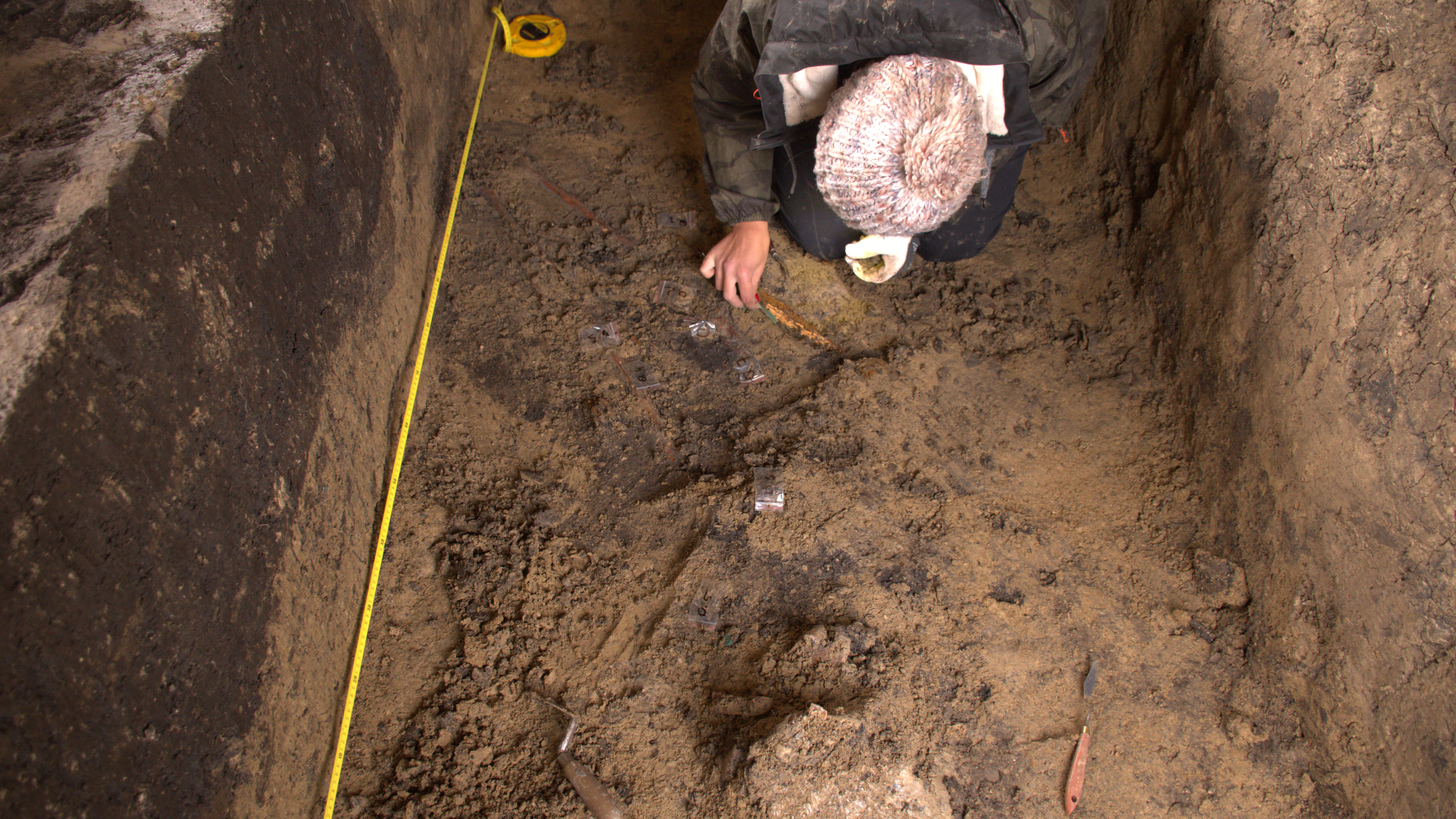
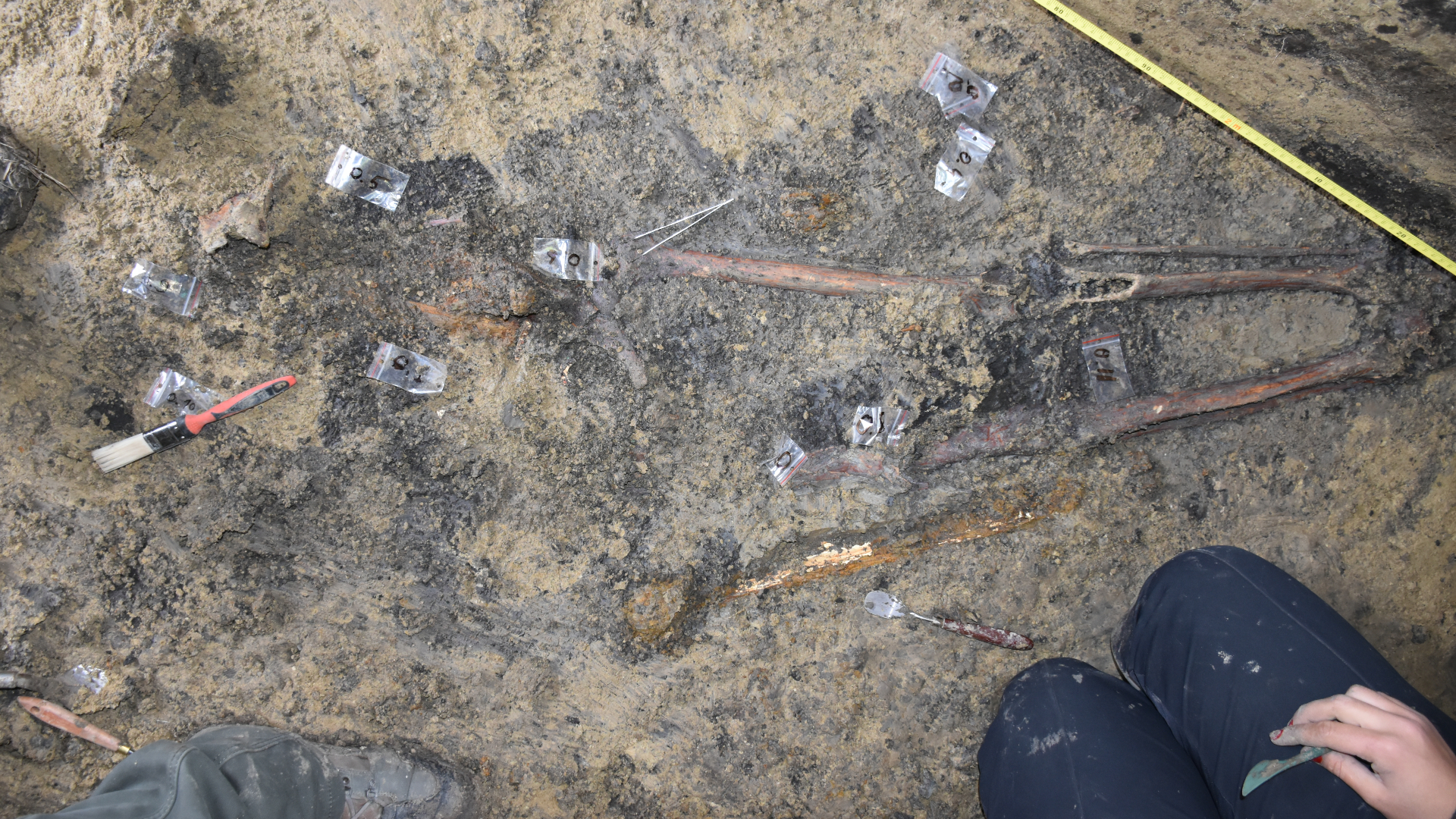
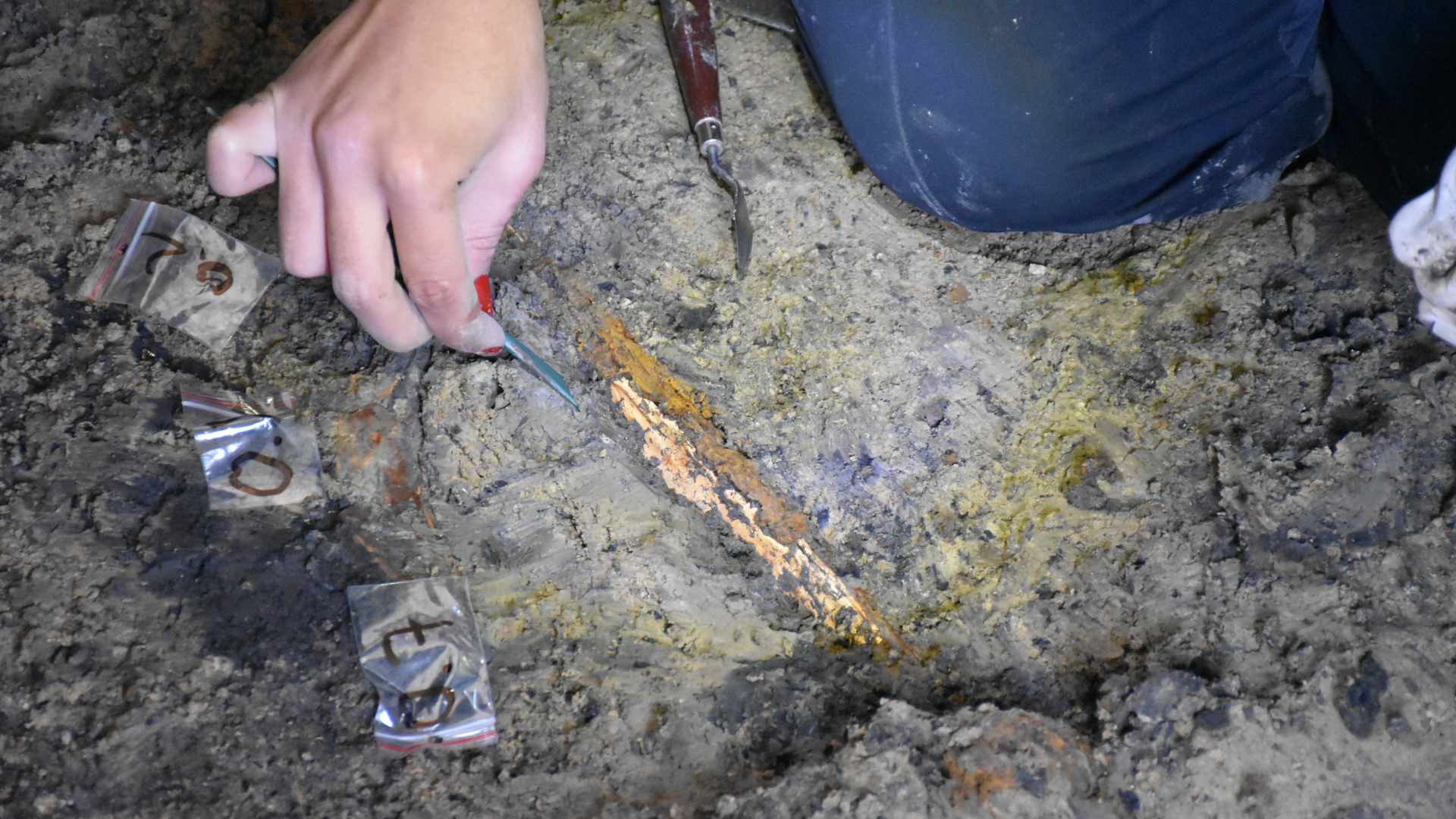
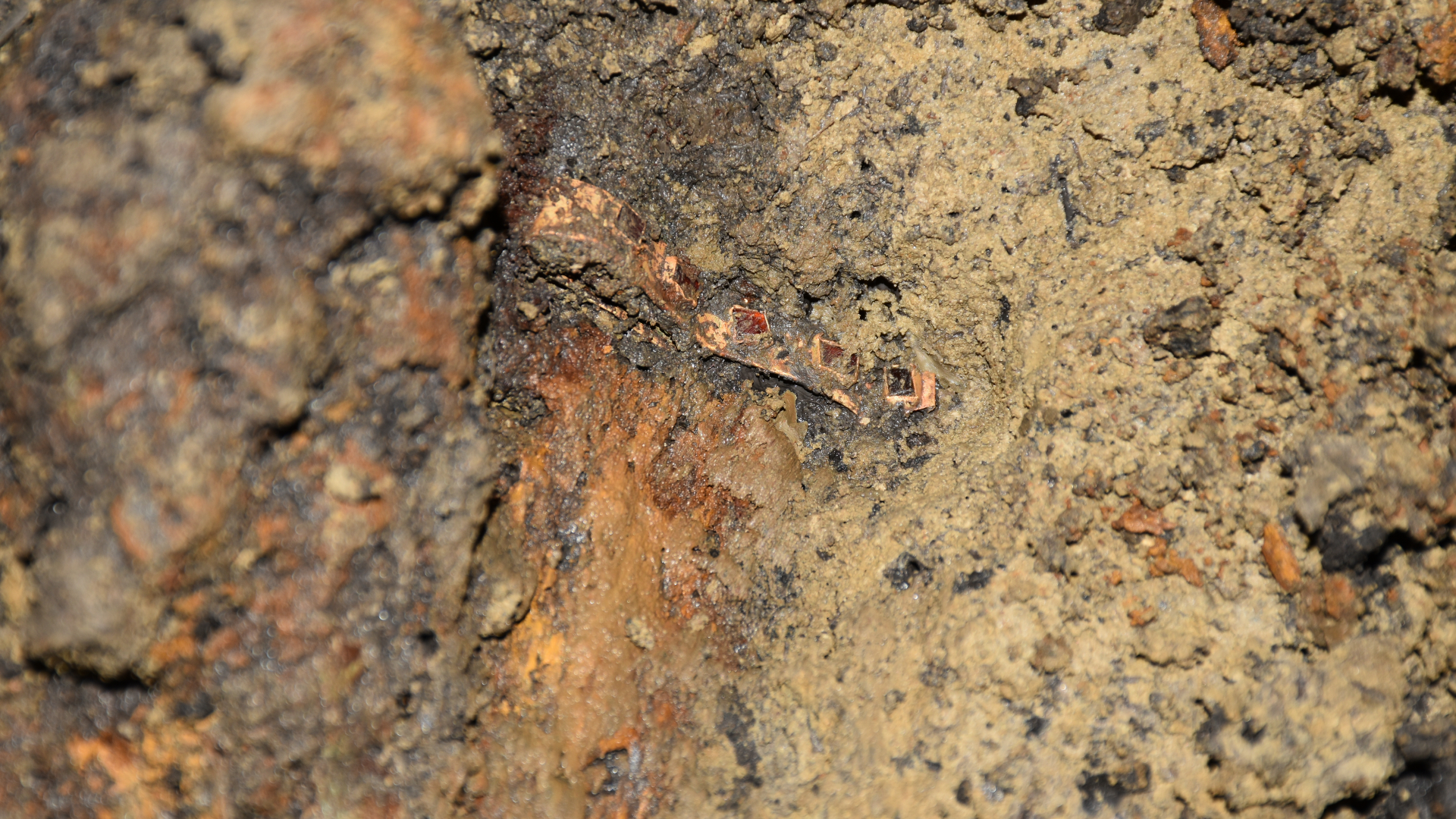
The tomb held the warrior's complete skeleton, and his face seems to have been covered with a gold mask, the remains of which were also unearthed. However, only a leg and the head of his horse have been unearthed so far, Ene said.
The archaeologists told Hungary Posts English that the styles of the newfound objects suggest they are from about the fifth century A.D., when most of Europe north of the Danube River was under the control of the Huns.
The excavation of the tomb had to be completed in bad weather and sometimes with flashlights so that the motorway project could go ahead.
The archaeological investigation is now about "half finished," Ene said. Over the next few months, the bones and artifacts will be cleaned, investigated and put on public display, while the site of the tomb itself will be built over by the motorway project.
Tom Metcalfe is a freelance journalist and regular Live Science contributor who is based in London in the United Kingdom. Tom writes mainly about science, space, archaeology, the Earth and the oceans. He has also written for the BBC, NBC News, National Geographic, Scientific American, Air & Space, and many others.










